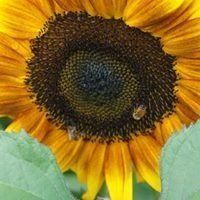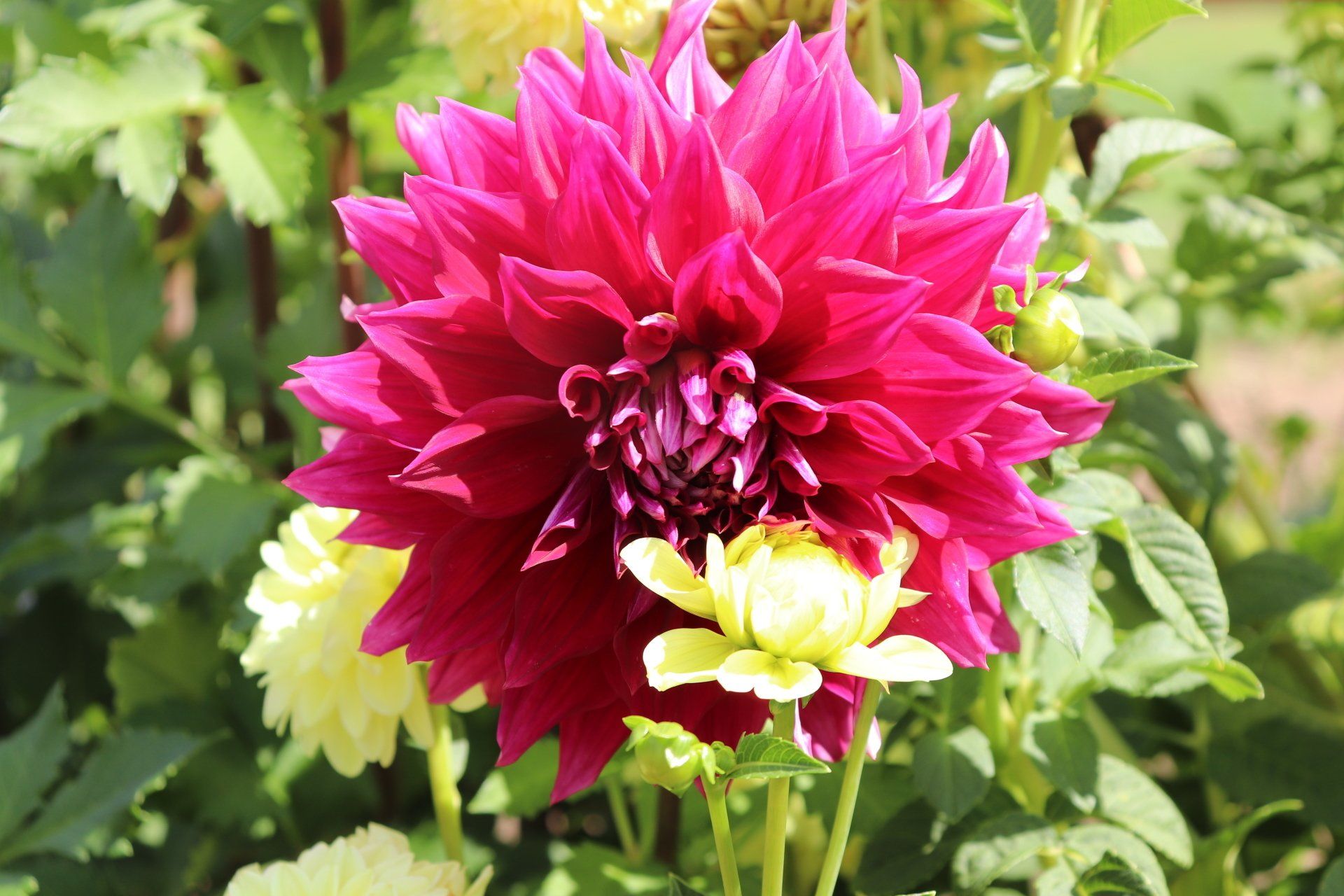Dame Farm and Orchards , LLC - Good Conduct Rules
●All Visitors MUST check in at Farm-Stand or Information Booth.
●No Pets allowed on Farm or in the Orchards.
●No CLIMBING any Trees, Benches, or tables.*****
●No Throwing Apples, Rocks, Corn, or any other object ******
●No Recreational/Sporting Equipment Allowed.
●No Running in the Orchard or on Farm.
●No Pulling, or Sitting on Tree Limbs.
●Visitors are not allowed near any Farm Ponds.
●Customers MUST PAY for ALL product they have picked!
●Back –Packs, Large Shopping Bags and other containers are not
permitted in the Orchard.
●No Trespassing in Any Private Out Buildings, Work Shops, or Private
Family Areas!
❖All of the Above Rules of Conduct are for the SAFETY and
Protection of ALL our Customers and Employees. These
rules have come forth from years of providing the safest
environment on our Family Farm and Orchard Business as
possible.
❖We are very grateful that You, and Your Family have visited
our Family’s Farm, Orchard and Home this season.
❖The Dame Family Thanks You For Your Patronage!
The 2023 blueberry season is Closed!
Thank you for visiting us this season.
So what does this mean?
Here is a chart that explains it best!
Apple Picking Information Chart
Number of Paying Minimum Payment Required
People in Your Group for this size group.
1-2 $15.00
1-5 $30.00
1-8 $50.00
Bag Sizes Bag Prices
1/2 peck $15.00
1 peck $30.00
1/2 Bushel $50.00
Examples of Bag Combinations That meet Price Requirements Based on Group size.
1 customer : Any bag
2 customers: Any combination of bags that meets or exceeds the $15 min.
Example: (1) 1/2 peck bag, or larger.
3 to 4 customers: Any combination of bags that meet or exceeds the $30 min.
Example: (2) 1/2 peck bags, or a 1 peck bag or larger etc.
5 to 8 customers: Any combination of bags that meet or exceeds the $50 min.
Example: (1) 1/2 bushel bag, or (2) 1 peck bags, or (3) 1/2 peck bags etc.
For groups larger than 8 we start all over again.
The apples you will find and pick at Dame Farm and Orchards LLC
The McIntosh
The Gala
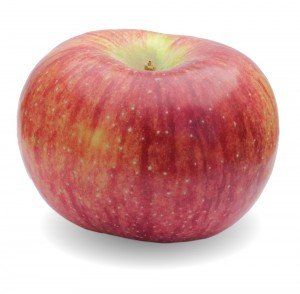
The Cortland
The Red Delicious
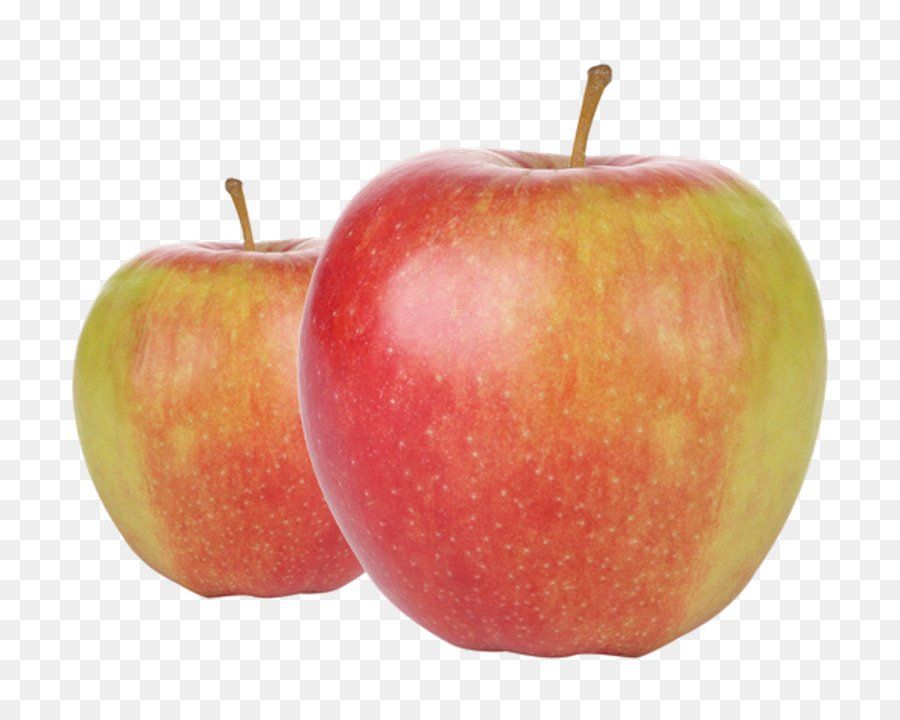
The Jonagold
The Empire
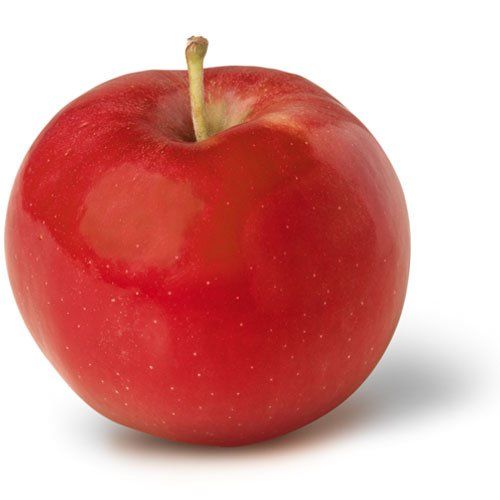
The Idared
The Macoun
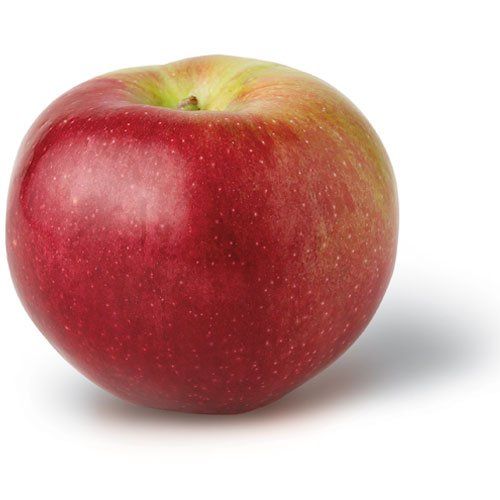
Pick Your Pumpkin
Any Large Orange carving pumpkin $14. eaAny Medium pumpkin $10 eaAny sugar sized pumpkin $3.75 eaAny Extra Large Carver $24ea
© Copyright
Thoughtfully designed by Breeze Digital Media
